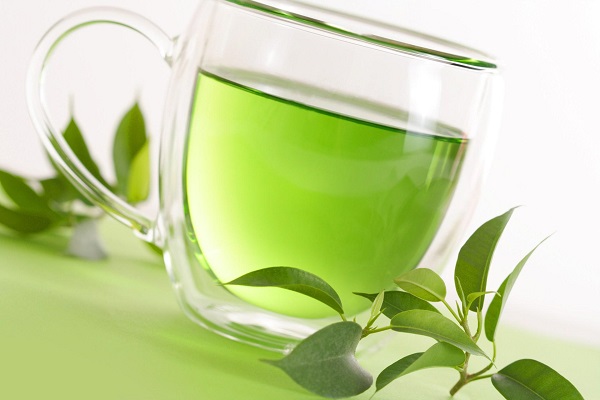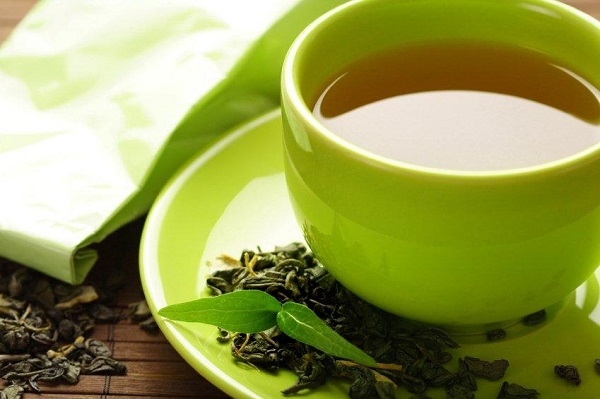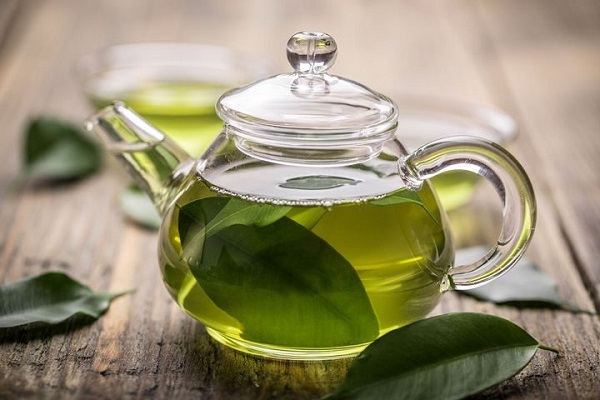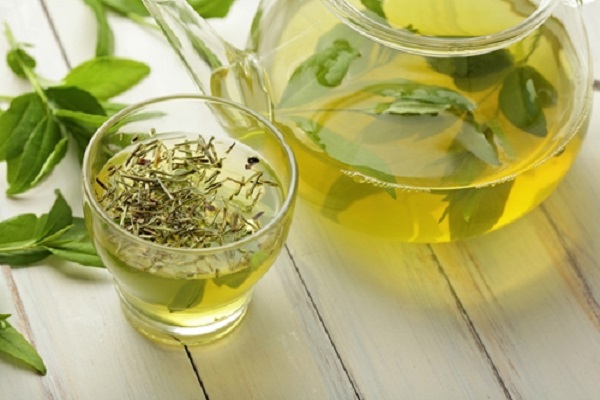
Green tea is prepared from the leaves of the tea plant, which, unlike black tea, are subjected to minimal oxidation during processing.
The hot tea drink comes from China but is popular throughout Asia as well as in the western world and is second in consumption after water. Although green tea is far less popular than its close but no so useful relative, black tea, it is gaining more and more popularity outside Asia.
Several types of beverages are produced from the tea plant, with only the degree of oxidation determining the type of the final product. Green tea is treated and oxidized to the smallest extent and therefore retains its polyphenols.
But how to choose quality green tea?
To enjoy the unique taste and quality of green tea, you need to choose a quality product to prepare in the right way. First – you need to drop out of tea in sachets. Because of its specific treatment, green tea has a much shorter shelf-life compared to other tea varieties.
Do not use tea that has long been stored – the old green tea loses much of its properties and flavor. The shelf life of green tea is approximately six months from the date of packing and another two or three months after the pack is provided.
Health benefits of green tea consumption:
Chinese traditional medicine has used green tea to treat almost any disease.

The main effects of green tea are:
- Antioxidant
- Anti-inflammatory
- Anticancer
- Anti-radiation
It is been found that the use of green tea or extracts inhibits the growth of cancer cells and thus reduces the risk of a number of cancers. Green tea relieves conditions of arthritis and joint problems. Antioxidants in it slow down cell aging, it also helps to detoxify the body and relieve the persistent organic pollutants. This, of course, is a huge help to overweight people who would extract green tea significantly more benefits than other caffeinated beverages.
Composition of green tea

The tea plant is processed in three basic ways, depending on the degree of oxidation. Green tea is processed so as to avoid the oxidation process of the polyphenols contained in it and its ingredients to be preserved to the maximum extent.
The composition approximates exclusively to the fresh tea leaves, with the exception of some enzymatic catalyzed changes that occur almost immediately after the plant is cut off.
Fresh tea leaves are extremely rich in catechins, which can account for up to 30% of the weight of dried tea.








Deja tu consulta/Leave your query Cancel Reply